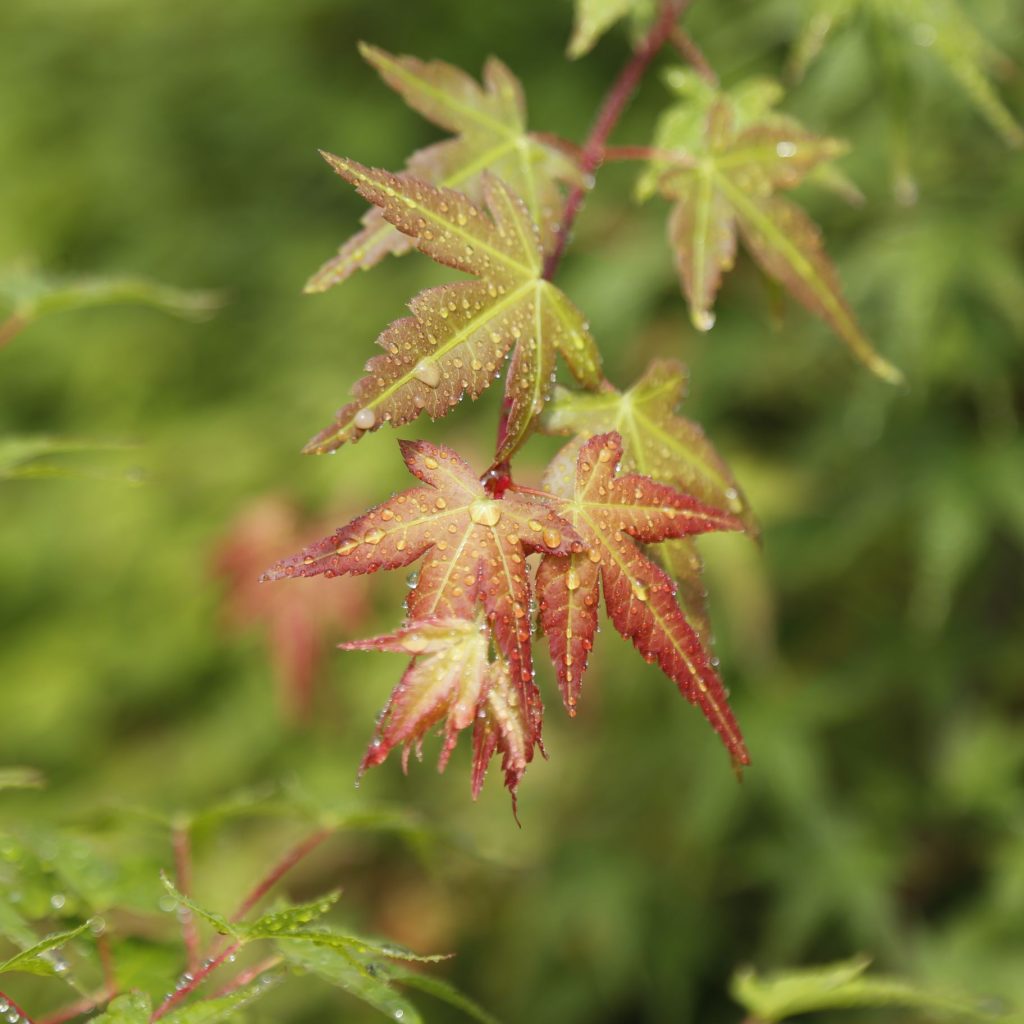For avid gardeners and lovers of ornamental trees, Acer palmatum, commonly known as Japanese maple, is a popular choice. Known for its stunning foliage, varied colors, and graceful branches, this tree can be propagated through various techniques. In this blog, we will explore the different methods of propagating Acer palmatum, allowing you to expand your collection or share the beauty of these trees with others.
Seed Propagation:
One of the most common and cost-effective ways to propagate Acer palmatum is through seed germination. Here's how you can do it:
- Collect ripe seeds from the parent tree in late summer or early autumn.
- Soak the seeds in water for 24 hours to remove any inhibitors.
- Sow the seeds in a mixture of peat moss and sand, ensuring they are at least 1 inch apart.
- Cover the seeds lightly with soil and mist the surface to maintain moisture.
- Place the container in a warm, shaded area and provide consistent moisture.
- Germination typically takes 2-3 months; once the seedlings have developed true leaves, they can be transplanted to individual pots.
Grafting:
Grafting is a popular technique for propagating Acer palmatum because it allows for the preservation of unique cultivars. Here's how you can do it:
- Select a desired scion (a stem with buds) from a healthy and mature Acer palmatum tree.
- Make a diagonal cut on the rootstock (a seedling or established tree) to create a sloping surface.
- Make a matching sloping cut on the scion, ensuring they fit together perfectly.
- Bind the two sections tightly with grafting tape or similar material to ensure contact.
- Place the grafted plant in a humid environment, such as a greenhouse, to promote healing and growth.
- Regularly monitor and remove any suckers or shoots from the rootstock to avoid competition.
Softwood Cutting:
Softwood cuttings are another effective propagation technique for Acer palmatum. Follow these steps:
- Select healthy, non-flowering shoots from the parent tree during late spring or early summer.
- Cut 4-6 inches of the softwood, making a clean diagonal cut below a leaf node.
- Remove the leaves from the lower half of the cutting, leaving a few at the tip.
- Dip the cut end in a rooting hormone to enhance root development.
- Plant the cutting in a well-draining medium, such as a mixture of perlite and peat moss.
- Place the container in a warm and humid environment with indirect light.
- Keep the soil consistently moist and mist the cutting daily to maintain humidity.
- Once a strong root system has developed, transplant the cutting into a larger container or directly into the ground.
Propagating Acer palmatum allows you to expand your collection of these magnificent trees while preserving unique cultivars. Whether you choose to grow from seeds, engage in grafting, or opt for softwood cuttings, each method comes with its own set of benefits and considerations. By following the appropriate techniques and providing the necessary care, you can enjoy a thriving collection of Acer palmatum trees, adding beauty and elegance to your garden or sharing them with fellow enthusiasts.
As a trusted exporter and wholesaler of Acer palmatum, we take pride in offering grafting as a reliable propagation method for these exquisite trees. We understand the importance of propagating Acer palmatum with precision and expertise to ensure the quality and authenticity of the plants. Whether you are a dedicated enthusiast or a commercial buyer, you can trust us to provide you with healthy, well-crafted Acer palmatum specimens that will bring beauty and elegance to any landscape or garden. Contact us today to explore our range of propagated Acer palmatum varieties and experience the excellence of our services.



